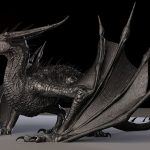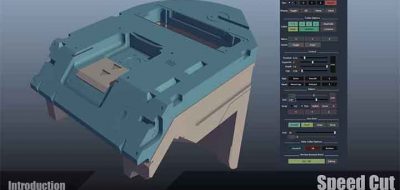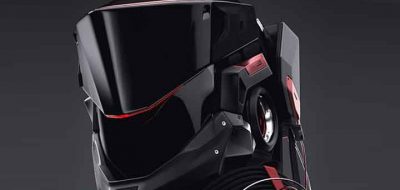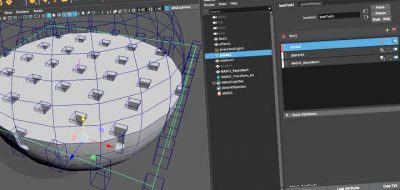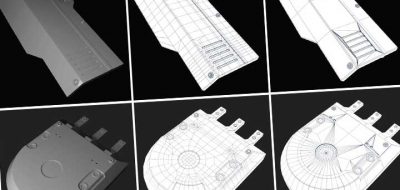Never say never when modeling anything, especially with hard surface modeling. You can’t really say, “Never use booleans” or “Never use a pentagonal n-side”. The truth is, if you know what you are doing, and with a bit of work, you can use both. To prove that point, modeler extraordinaire Alex Cheparev walks through creating two seemingly complex hard surface shapes — A Wacom Pen Stand, and a Rocket Pod.
There are times when the mentality for hard surface modeling is just to get the job done. This is true to a large extent, as hard surface modeling can be more forgiving than modeling organic forms that have to deform a certain way, such as characters. That doesn’t mean however, that hard surface modeling doesn’t require some clean-up to make everything visually legible.
Here, Alex shows how you can use booleans in Maya, with a bit of clean up, to make some complex shapes, complete with nice beveled edges, and strong edge-flow. Taking it a bit further, Alex shows that sometimes, approaching a model differently can alleviate a ton of work, and offer some simple answers for process.
Alex shows how you can easily create a Rocket Pod, filled with many, many holes. Some modelers might think that creating the basic shape and subtracting from it would be easy enough. In this case, it wouldn’t leave you with anything clean, usable, or flexible.
Instead Alex shows how you can build the Rocket Pod flat, with a bit of forethought and planning, then use Maya’s Soft Selection tools to bring the flat form to the final shape.
This is a great watch if you want to get more into hard surface modeling, or just see how a model can take shape from start to finish.


